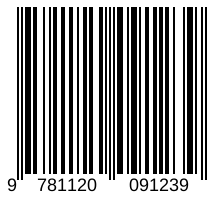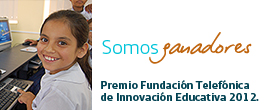This week we've been reading "Washing Line" by Jez Alborough. The elephant and his friends guess who each of the pieces of washing on the line belong to because of their shape or size, and then there's a surprise at the end. https://youtu.be/1FY5mdF57s8?si=YkpMGDvYVIb2qUJO The children joined in the conversation about the pictures, guessing who the... Seguir lendo →
ADJECTIVES GAMES
What do animals look like? Can you describe them? Let's learn some adjectives you can use to do it. Click on the picture Now, try to use them completing these sentences. https://wordwall.net/es/resource/70908828
Dear Zoo literacy activities
"I wrote to the zoo and they sent me a..."... I would never have imagined how engaging a simple beginning of a story could be. So, Dear zoo has become in a must have book in our classroom library. "I wrote to the zoo and they sent me a..."......nunca pensei que un comezo tan sinxelo... Seguir lendo →
STAYHOME DIALOGUES LEVEL 5
We have to stay at home and we can’t see talk to our friends. Nonetheless this must not be an impediment to achieve interesting activities as if we were at school. Here you have some dialogues acting out by students about animals in level 5. Aínda que temos que ficar na casa e nin podemos... Seguir lendo →
ANIMAL DOMINO
Do you want to play domino? Yesterday, students in level 3 spent the whole lesson playing an animal domino. And, at the same time, the vocabulary and structures of unit 5 were reinforced in a very fun way . We had a great time! If you want to play this domino, click on the photo... Seguir lendo →
Animal ABC animals 2
Congratulations guys! Goog job!
Animal ABC videos 1
As you know, students in level 4 are working on a project about animals. Xa sabedes que os rapaces de 4º están traballando nun proxecto sobre animais. We decided to find out how many animals we were able to remember. We realised that we remembered lots of them. Then, as we are reviewing the alphabet,... Seguir lendo →
Pet exhibition
Let's practise the vocabulary in unit 4 (level 5).
Animal alphabet
Do you know that there are over 1 500 000 different species of animals in the world? But... How many animals can you name? Sabías que hai unhas 1.5000.000 especies diferentes de animais no mundo? Pero... Cantos podes ti nomear? Why don't we create our ABC Animal ? First, try to name all the animals... Seguir lendo →
Living and non living things
My students in level 4 are looking foward to starting a project about The Animal Kingdom becouse, they are really interested in all sorts of animals. But... Are animals living or non living things? Take a look at this prezi and you will learn how to distinguish what is living and nonliving. Os rapaces de... Seguir lendo →
Describing and comparing animals
The end of the school year is around the corner and my students in level 5 are preparing their last works before holiday break. In this task, they have to choose two animals from an exercise they have already done in their activity books. After describing the animals and using the information given in that... Seguir lendo →

























